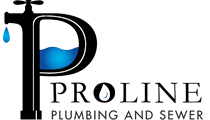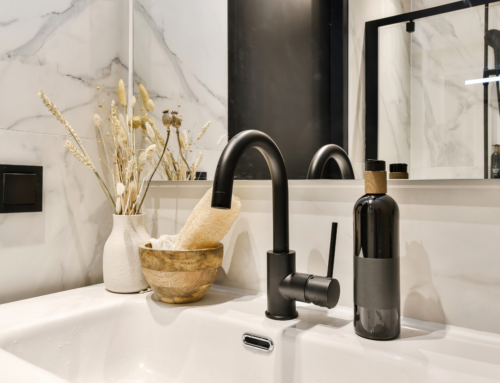
Safely Cleaning Drains at Home: Best Practices and Solutions
Clogged drains are a common household issue that can lead to unpleasant odors, slow drainage, and even potential water damage if left untreated. Regular maintenance and safe cleaning practices are essential for keeping your drains functioning properly and avoiding costly plumbing repairs. In this blog, we will explore effective and safe DIY drain cleaning methods, instructing on how to unclog a drain by use of both natural remedies and affordable drain cleaning solutions.
Understanding the Need for Drain Cleaning
Before diving into cleaning methods, it’s important to understand why drain cleaning is necessary. Over time, drains accumulate debris such as hair, grease, soap scum, and food particles. This buildup can cause clogs, slow drainage, and even foul odors. Regular cleaning helps prevent these issues and ensures your plumbing system operates efficiently
Safe and Effective Drain Cleaning Methods
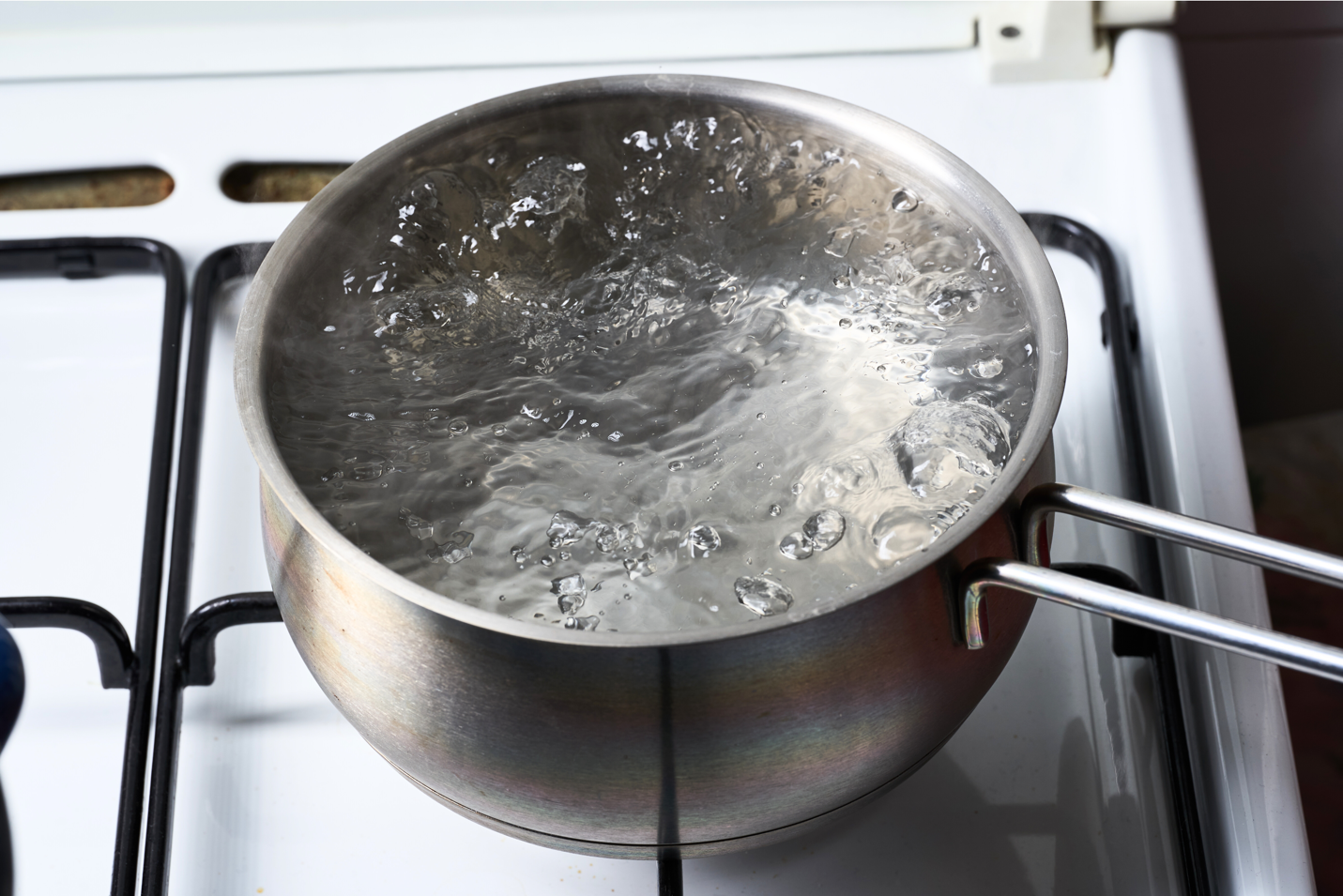
1. Boiling Water
One of the simplest and most effective ways to clean drains is by using boiling water. This method is particularly useful for clearing grease and soap scum from kitchen sinks. Here’s how to do it:
- Boil a large pot of water.
- Slowly pour the boiling water down the drain in stages. Allow the water to work its way through the pipes for a few minutes before adding more.
- Repeat if necessary to fully clear the clog.
Boiling water is a natural and chemical-free solution, but it’s important to use it cautiously, as it can cause damage to PVC pipes if poured too quickly.
2. Baking Soda and Vinegar
Baking soda and vinegar are excellent natural cleaners that can help dissolve minor clogs and deodorize drains. The combination creates a fizzing reaction that helps break down debris. Here’s how to use it:
- Pour 1/2 cup of baking soda into the drain.
- Follow with 1/2 cup of white vinegar. You’ll hear a fizzing sound as the two ingredients react.
- Let the mixture sit for about 15-30 minutes.
- Flush the drain with hot water to clear any remaining debris.
This method is effective for minor clogs and also helps eliminate unpleasant odors from drains.
3. Plumber’s Snake
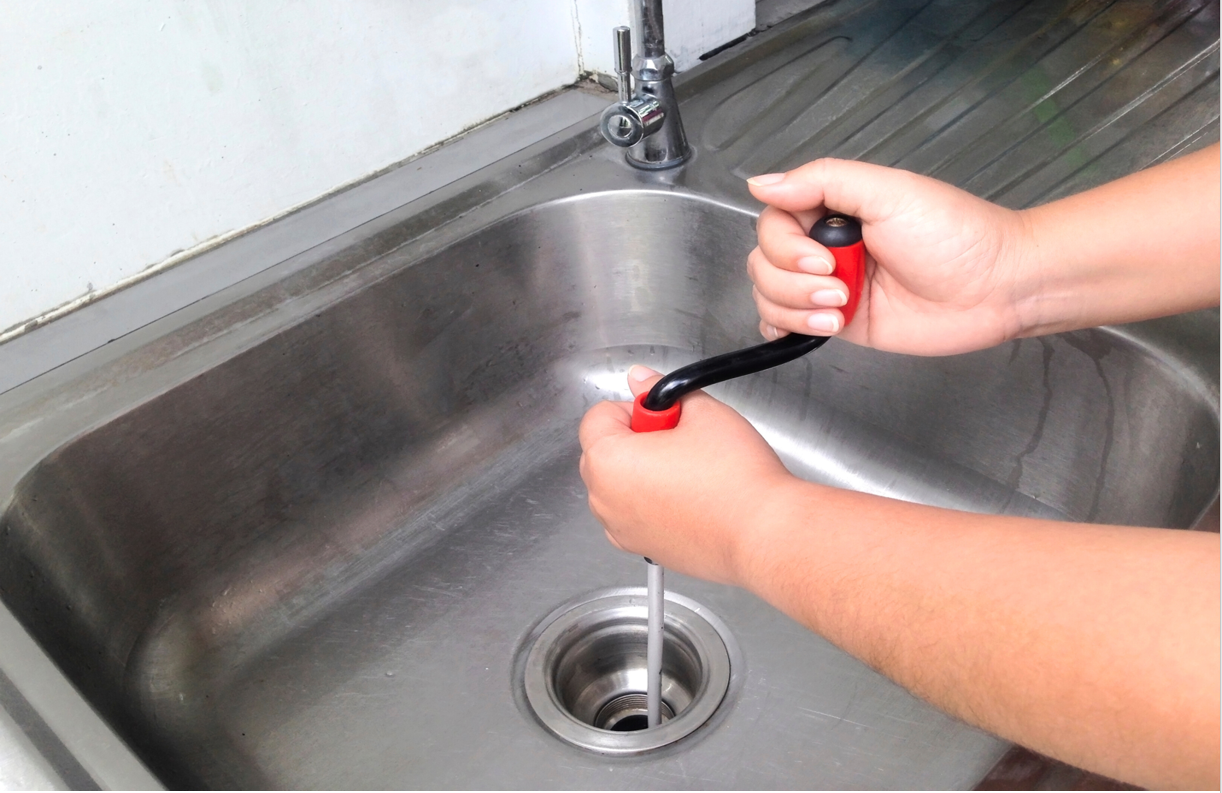
A plumber’s snake, also known as a drain auger, is a handy tool for removing more stubborn clogs. It consists of a long, flexible cable that can reach deep into pipes. To use a plumber’s snake:
- Insert the end of the snake into the drain.
- Rotate the handle to extend the cable further into the pipe.
- Continue rotating until you feel resistance or the clog is cleared.
Carefully withdraw the snake and clean it before storing it.
A plumber’s snake is effective for clogs that are too deep for other methods but should be used with care to avoid damaging pipes.
4. Manual Removal

For clogs caused by hair or larger debris, manually removing the obstruction might be necessary. This method works well for bathroom sinks and tubs. To do this:
- Remove the drain cover or stopper.
- Use a pair of needle-nose pliers or a hair removal tool to extract visible debris.
- Clean the removed debris and dispose of it properly.
Manual removal is straightforward but may require some effort, especially if the clog is substantial. For clogs caused by deeper seeded issues, such as root intrusion or heavy grease build up, it is advised to hire a licensed plumber near you to perform a thorough line inspection.
5. Professional Drain Cleaning
If the aforementioned drain cleaning tips did not avail to a successful drain unclogging, rest assured you can always hire a professional company like Proline Plumbing & Sewer at an affordable drain cleaning rate.
Hiring professional drain cleaning services offers several significant benefits, including expert diagnostics, advanced tools, and effective long-term solutions. At Proline Plumbing & Sewer when we are hired to perform drain cleaning services, we use specialized equipment such as high-pressure hydrojetters and video inspection (sewer scoping) equipment, which can accurately identify and address deep-seated clogs and hidden issues that DIY methods often miss. Our expertise in the field ensures a thorough cleaning process, reducing the risk of future backups and potential damage to your plumbing system. Additionally, professional drain cleaning services often provide preventative drain maintenance they and advice to help avoid recurring issues, ultimately saving you time, money, and the need for emergency drain cleaning services by addressing potential sewer backup problems before escalate.
Tips for Maintaining Clean Drains
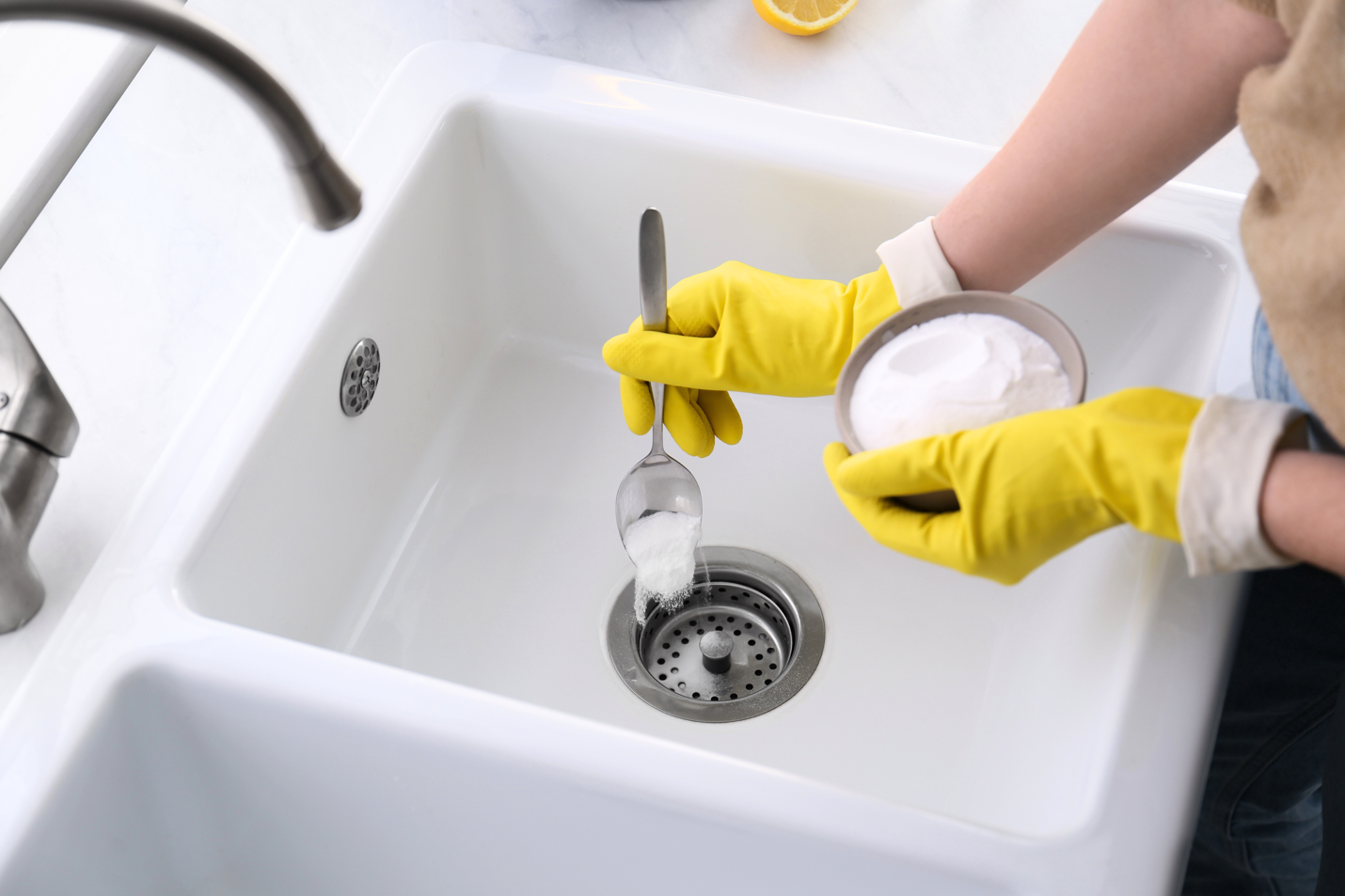
Preventative drain maintenance is key to avoiding future issues. Here are some drain cleaning tips to keep your drains in top shape:
- Use drain covers to catch hair and large particles.
- Avoid pouring grease down the sink; instead, dispose of it in the trash.
- Regularly flush drains with hot water to help dissolve buildup.
- Perform periodic cleaning with natural remedies like baking soda and vinegar.
Conclusion
Cleaning your drains safely and effectively is essential for maintaining a healthy plumbing system and avoiding costly repairs. By using natural solutions such as boiling water, baking soda, and vinegar, or employing tools like a plumber’s snake, you can tackle common clog issues without resorting to harsh chemicals. Practicing preventative drain maintenance will help ensure that your drains continue to function smoothly and efficiently. If you encounter persistent or severe clogs, it’s advisable to consult a plumber near you, like Proline Plumbing & Sewer, to address the issue properly. You can click here to Schedule Service Today!
